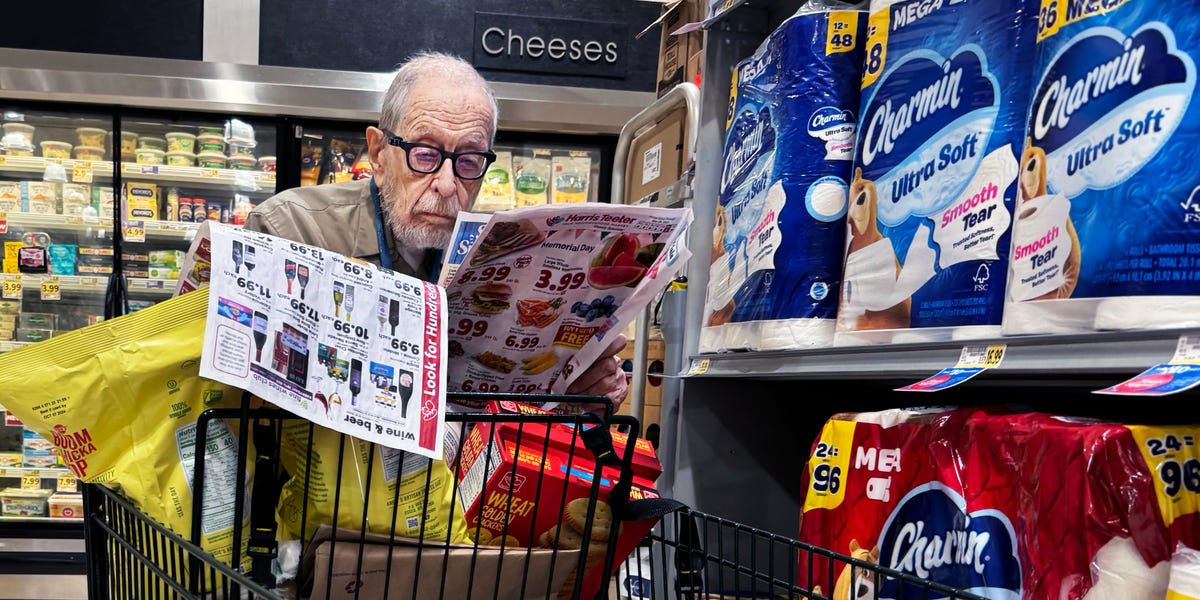Behind the Lens: Instacart’s Innovative Role for Gig Workers
In today’s rapidly evolving gig economy, platforms are constantly seeking ways to innovate and provide new opportunities for workers. One such platform, Instacart, has taken a unique approach by introducing a role that allows gig workers to engage in a novel yet essential task: taking photos of store shelves. This initiative not only enhances inventory management for retailers but also offers flexibility and new income streams for workers. Let’s delve deeper into how Instacart is redefining the gig economy through this innovative role.
The Intersection of Technology and Gig Work
As technology continues to reshape various industries, the gig economy has emerged as a significant force. Platforms like Instacart have capitalized on this trend, connecting consumers with delivery services while creating job opportunities for gig workers. Traditionally, gig work has been synonymous with driving or delivery services, but Instacart is expanding this definition. By allowing workers to photograph store shelves, they are not just delivering groceries but actively participating in the broader supply chain.
How the Photo Role Works
Instacart’s new role involves gig workers visiting local grocery stores and taking detailed photos of their shelves. These images are then uploaded to the Instacart platform, where they contribute to better inventory management and product availability insights.
- Store Visits: Workers are notified of stores in their vicinity that require photographic inventory updates.
- Photo Guidelines: Clear instructions are provided on the types of photos needed, ensuring consistency and quality.
- Flexible Scheduling: Workers can choose when to complete these tasks, making it an attractive option for those needing flexible work hours.
By integrating this role, Instacart not only enhances the efficiency of its operations but also empowers gig workers to earn income on their own terms.
Benefits for Gig Workers
The introduction of this unique job opportunity brings several benefits for gig workers. Here are some of the key advantages:
1. Flexibility and Autonomy
One of the most appealing aspects of gig work is the flexibility it offers. Workers can choose when and how much they want to work, which is particularly beneficial for those balancing other commitments, such as education or family. With Instacart’s photo-taking role, workers can easily integrate this task into their daily routines.
2. Diverse Income Streams
Many gig workers seek multiple income sources to achieve financial stability. By participating in this new role, workers can supplement their earnings from traditional delivery jobs. This diversification can help mitigate risks associated with relying solely on one income source.
3. Skill Development
Taking photos of store shelves may seem straightforward, but it requires attention to detail and an understanding of inventory dynamics. Workers can enhance their observational skills and learn about inventory management, which could prove beneficial for future employment opportunities.
Enhancing Inventory Management
For retailers, the value of having accurate and up-to-date shelf images cannot be overstated. Instacart’s initiative allows retailers to:
- Improve Stock Levels: By regularly updating shelf images, retailers can better manage stock levels, ensuring that popular items are always available.
- Identify Trends: The data collected from shelf photos can help retailers understand consumer behavior and trends, allowing them to make informed stocking decisions.
- Optimize Layouts: Insights gained from the images can lead to better store layouts and product placements, enhancing the shopping experience.
This symbiotic relationship between gig workers and retailers fosters a more efficient supply chain, ultimately benefiting consumers as well.
Challenges and Considerations
While the benefits are substantial, there are also challenges that need to be addressed for this role to thrive.
1. Quality Control
Ensuring that the photos taken meet certain quality standards is crucial. Instacart must provide clear guidelines and possibly training for workers to maintain consistency across submissions.
2. Data Privacy
As workers are capturing images in stores, concerns about data privacy and security can arise. Instacart must implement robust policies to protect sensitive information and ensure that workers understand the importance of these protocols.
The Future of Gig Work with Instacart
Instacart’s innovative approach to gig work signals a potential shift in how we view and engage with the gig economy. By diversifying job roles beyond traditional delivery tasks, Instacart is paving the way for other platforms to explore similar avenues. This not only enhances the experience for gig workers but also promotes efficiency and better service for consumers.
Expanding Opportunities
As Instacart continues to refine its photo-taking role, it’s likely that we’ll see similar initiatives across other sectors. Companies might adopt this model to enhance their supply chain logistics, providing gig workers with even more diverse opportunities. The idea of capturing real-time data through gig work could revolutionize how businesses operate.
Conclusion
Instacart’s pioneering role in the gig economy by introducing a job that focuses on photographing store shelves is a refreshing take on how gig work can evolve. This innovative approach not only benefits the platform and retailers but also empowers workers with flexible, diverse income opportunities. As the gig economy continues to grow, initiatives like Instacart’s will play a crucial role in shaping the future of work, demonstrating that with creativity and technology, new avenues for employment can emerge, delivering value to all stakeholders involved.
See more Business Focus Insider Team

